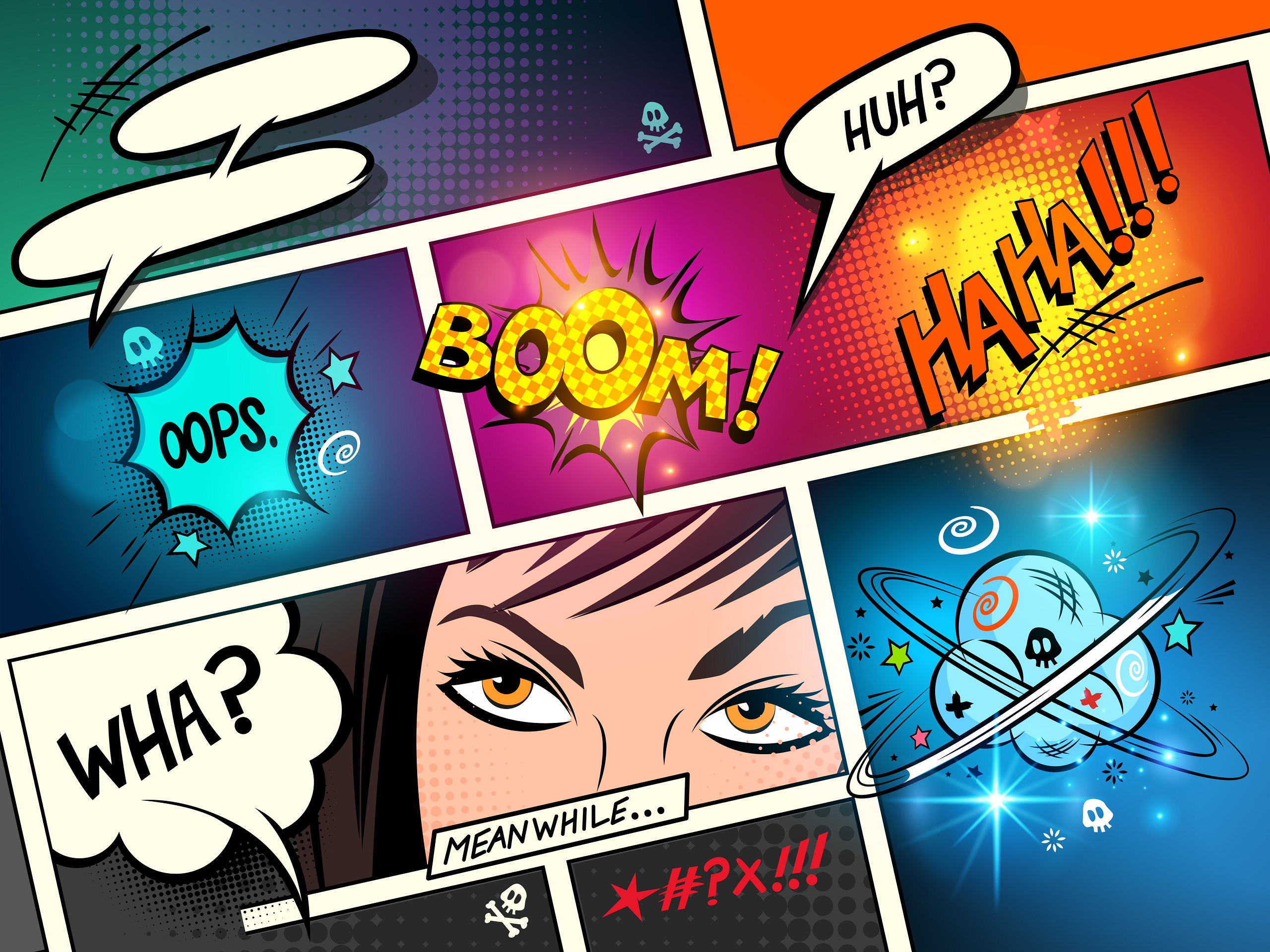[[{“value”:”
Analysis
In the debate over crime and punishment, policymakers often turn to academic literature, history, and data, overlooking an unlikely but rich source: comic books.
Superhero comics have explored criminal justice more than any other medium. The companies that dominate the industry, Marvel and DC, each embody different public safety philosophies. Second chances are central themes in Marvel comics, and exploring root causes of crime—such as trauma, discrimination, and economics—gives the villains more opportunity for redemption. In contrast, DC comics often take a tough-on-crime approach, contributing to high recidivism rates by relying on aggressive use of force and offering inadequate mental health support. Generally, Marvel rehabilitates its villains while DC favors draconian punishment.
After conducting a thorough meta-analysis of the multiverse, we have determined the Marvel model to be better at improving public safety.
The letters “DC” are appropriate, given the big government, D.C.-style solutions the publisher tends to favor. Heroes operate as enforcers of the law, relying on brutality, intimidation, and imprisonment to maintain order. Prisons and mental health facilities provide inadequate services, functioning as revolving doors where criminals are temporarily locked up and beaten before escaping—only for the process to repeat itself. Nowhere are the deficits of the DC model more evident than in Batman and Superman comics.
Batman: Widely regarded as the most crime-ridden city on the planet, Gotham City’s recidivism rate is near 100 percent. The relentless cycle of violence goes like this: 1) the Joker escapes Arkham Asylum; 2) the Joker goes on a murderous rampage; 3) Batman beats up the Joker; and 4) the Joker returns to Arkham Asylum. The process repeats, sometimes over the course of a single night. Instead of brutal vigilante beatdowns, breaking the cycle requires real solutions—with de-escalation, mental health support, and reintegration programs chief among them.
Superman: First appearing in 1940, Superman’s foil Lex Luthor is a man for the moment. A billionaire with vast resources, Luthor is constantly shifting between political respectability and open criminality and then back again. He was elected president of the United States in 2001 despite public knowledge of his interdimensional war crimes. Luthor is never held fully accountable—either on the battlefield or at the polls—and is always able to post bail, underscoring that wealth, rather than public safety, determines who stays behind bars.
Unlike DC, Marvel heroes generally take into account the broader factors that influence criminal behavior. They understand that “villains” are ordinary people whose lived experiences lead them down the wrong path. Marvel antagonists are often shown compassion for their past errors, with an understanding that crime can stem from systemic issues, personal trauma, or simply misguided choices.
X-Men: As a child, a young Erik Magnus Lehnsherr survived perhaps the ultimate adverse childhood experience: a Nazi death camp. Magneto’s trauma was the major contributing factor in his later descent into genocidal rage. Had Professor X not offered his nemesis a second chance, the supervillain likely would have struggled to access stable housing and employment . Given a clean slate, Magneto went on to lead Xavier’s School for Gifted Youngsters—the polar opposite of Arkham Asylum. At the X-Men school, at-risk youth are identified early, enrolled in trauma-informed education programs, and provided mentorship from credible messengers.
Avengers: Steve Rogers, best known as Captain America, embodies a balanced approach and strong advocacy for systemic change, prioritizing accountability, second chances, and the protection of civil liberties. Captain America’s best friend, Bucky Barnes, aka “the Winter Soldier,” also proves how effective community service can be. Due to a series of unfortunate events, Barnes becomes a brainwashed assassin. But through careful deprogramming, cognitive behavioral therapy, and work release with the Avengers, he becomes a valuable public safety asset. In the end, Barnes expresses genuine contrition for his murderous past.
For those in the fandom, it is good to recognize that redemption stories are possible in DC (see Harley Quinn) and that Marvel characters like the Punisher do not always follow a smart-on-crime approach. Overall, the Marvel theory of public safety yields better results. If we truly want to lower crime rates, we must abandon the rigid, outdated DC model that has given us Joker-level recidivism and a Lex Luthor democracy. The Marvel model, while fictional, reflects a real-world hypothesis: Turning villains into heroes is more effective than locking them up.
“}]] In the debate over crime and punishment, policymakers often turn to academic literature, history, and data, overlooking an unlikely but rich source: comic books. Superhero comics have explored criminal justice more than any other medium. The companies that dominate the industry, Marvel and DC, each embody different public safety philosophies. Second chances are central themes… Read More

